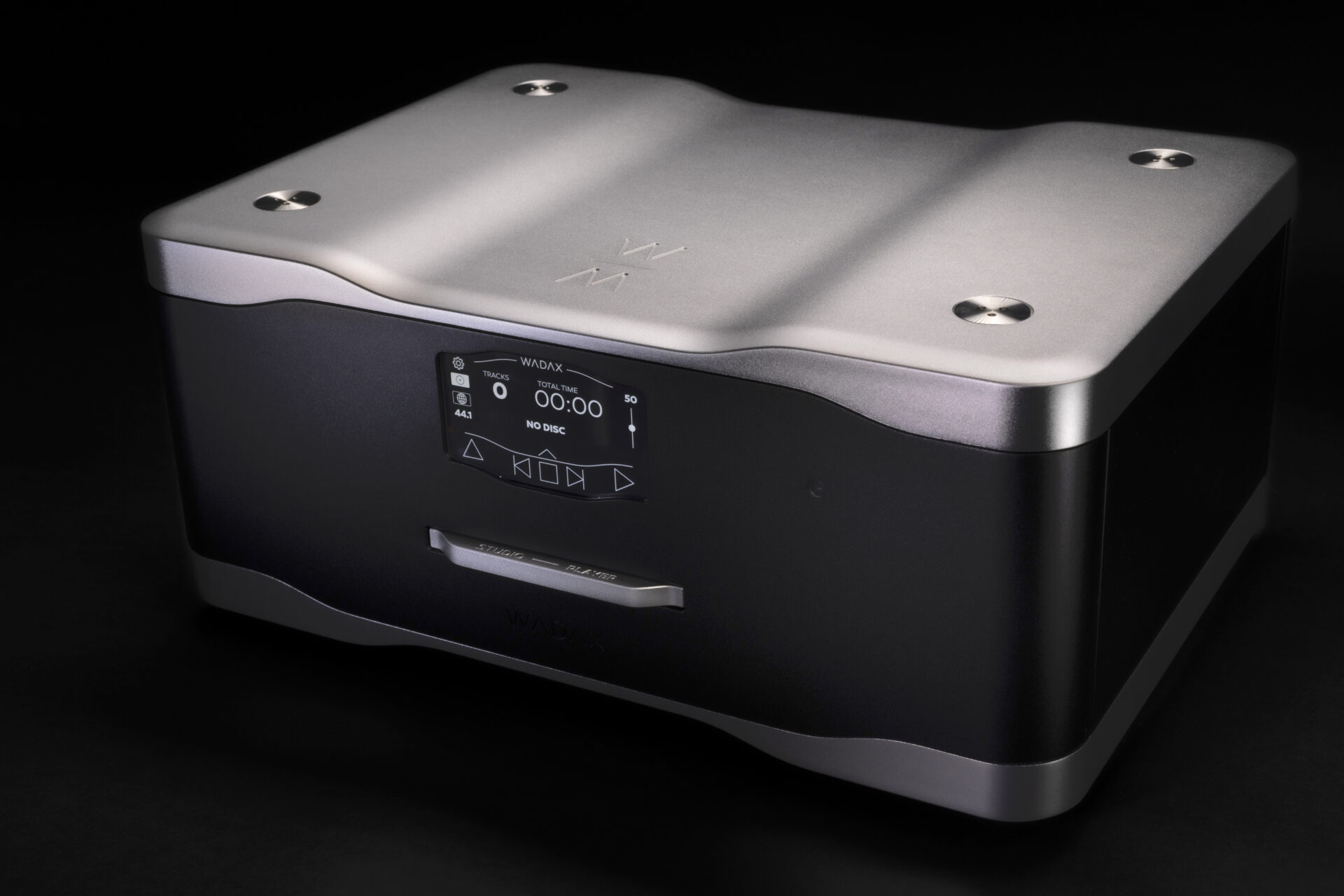If you want a living, breathing, toe-tapping and hip-grinding example of just what happens when a system has a source that delivers pace, pattern and real temporal insight, look no further than the extended bass solo that fills out the final third of this track. Not only does bass player Sam Jones keep things moving, with a real sense of attack, purpose and direction in his playing, his phrases are perfectly accented with the subtlest of piano and percussion punctuation. What so often sounds detached and musically irrelevant – even distracting – becomes perfectly integrated, adding to the track and heightening and highlighting the astonishing level of communication within the band. But what really makes it work is the unhindered progress through that bass-line: the attack of each note, the pluck and release, the shape and texture of the resulting pulse of musical energy, perfectly paced, one to the next, clean, clear and lucid. It anchors and simultaneously propels the track, with an utterly unforced ease and natural groove that seemingly asks, “What, your system can’t do this?” If the primary goal (and challenge) facing a hi-fi system is making music make sense, on this showing the Studio Player isn’t just top of the class, it’s the class of the field. There are disc-capable, digital front ends that can match the sheer musicality of the Wadax, but none of them come in at less than twice its price.
Network replay
It’s when it comes to file replay that the Studio Player’s intended use and audience becomes most apparent. The Reference Server is built around a Roon Core, with the clear intention of delivering long-term stability (when it comes to access and data handling) coupled with high-end performance. In turn, that necessitates a Roon account to control the system. Although the Studio Player is a Roon end-point (making it Roon compatible) it uses its own streaming software, allowing direct connection to and network control of services such as Audirvana, Tidal and Spotify. It is also in the process of Apple Airplay certification. Open a streaming App on your phone or tablet and it automatically connects to, streams to and controls the Studio Player: simple, neat and above all friends and family friendly. As a system I can attest to its ability to switch seamlessly between different Apps and services, but I’d also point out that, in ultimate performance terms, no one is suggesting Spotify can cut it as an audiophile source. Audirvana is of course excellent, but is also an acquired (for which read ‘minority’) taste.

Instead, I turned to Qobuz or Tidal for streaming access and my Roon Nucleus+ with its Sean Jacobs Mini DC4/ARC6 power supply for locally stored file replay. The Studio Player is also going through Roon certification (which will hopefully be completed by the end of Q1) but Wadax were able to supply development software to ‘preview’ the facility. It also allowed me to make direct comparisons to the other (close to) cost equivalent streaming solutions that I have in-house, the Grimm MU2 and the CH Precision C1.2, equipped with its HD-Streaming input. Neither is a direct replacement for the Studio Player, both lacking a disc replay transport. But both do offer a full suite of digital and streaming inputs combined with control functionality while analogue inputs are standard on the MU2 (along with internal server storage) and an option on the C1.2. Perhaps more pertinently, for those wed firmly to file-replay, the (c.€20K) Grimm could be considered a cost/quality equivalent to the streaming solution in the Wadax, while the (c.€40K) CH is a streaming-only cost equivalent. On a practical level, all three are Roon Ready, making direct comparisons, or at least the system infrastructure) rather more manageable.

